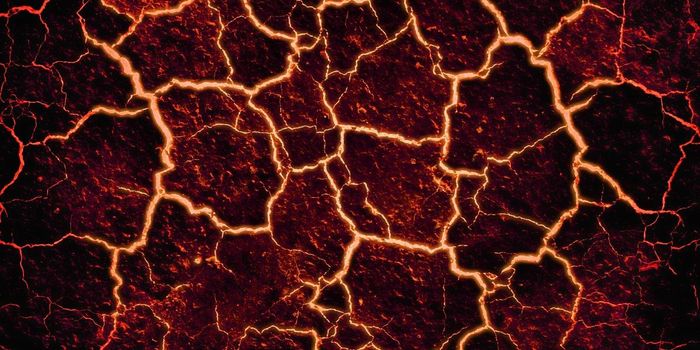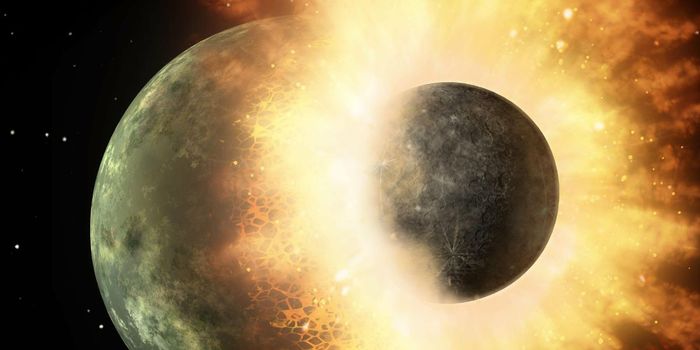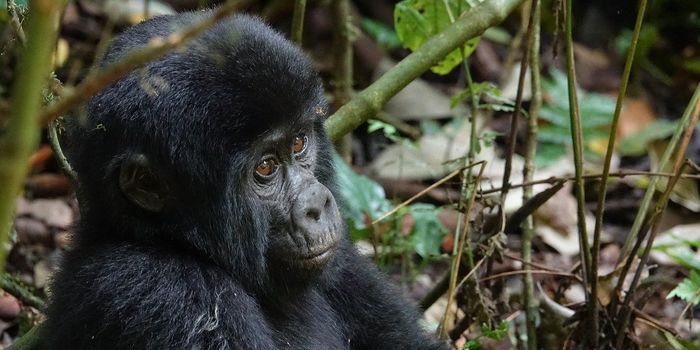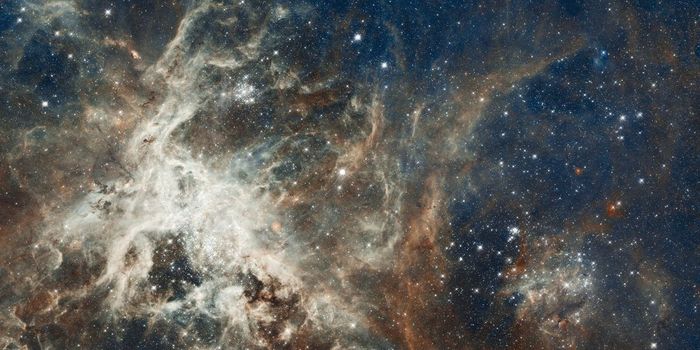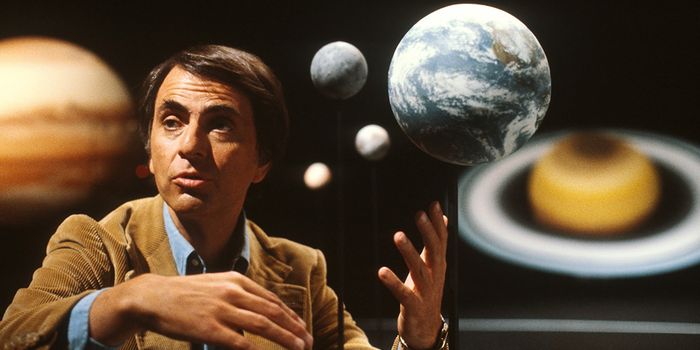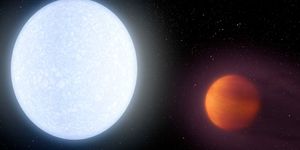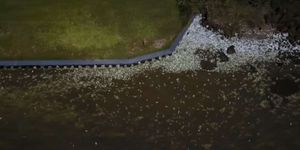It's summer time and many people will be making a stop at an amusement park. Peak season is July and August for rides and theme parks and for some, that means having a go at the roller coaster. These gravity-defying thrill rides can be seen looping through the air while terrified passengers shriek. But what keeps them on track and the riders in the seats? Physics.
Hydraulic power is used on many coasters to get them going. Hydraulic fluid, which cannot be compressed, is mixed with a nitrogen gas which is compressible. When the pressure of the gas is high enough, a valve is opened, the hydraulic fluid rushes out and powers a system of cables and motors to shoot a car full of riders down the tracks at breakneck speed. Once at the top of the first incline, the physics change from hydraulics to free fall. At this point, the only force acting on the body is gravity. It's this G force that is the main propellant for the rest of the ride. Once it's over, stopping is key. Some rides use skid brakes that cause friction, but more modern rides have metal fins that are run through a magnetic field at the end of the ride. This creates currents of opposing energy that stop the ride's kinetic force. So if you're a fan of roller coasters, thank a physicist!

